High efficient energy storage system development is one of the key technical issues to improve the benefits of new energy electric vehicle. Materials researchers from Georgia Institute of Technology have created a new type of nanofibers, significantly improve the efficiency of water electrolysis hydrogen production. It has an important role the development of the next generation of rechargeable batteries.
‘Nature’ published a study sponsored by the National Natural Science Foundation on February 27, which describes the development of a double perovskite type nanofibers that can be used as an efficient catalyst for ultrafast aging reactions. Ultrafast oxygenation is an internal electrochemical process in hydrogen-based energy and newer metal-air batteries.
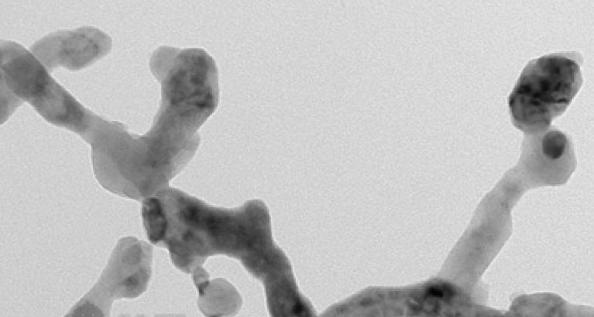
Meilin Liu, a professor of materials science and engineering at the Georgia Institute of Technology, said: “Metal air batteries can store more energy in smaller spaces than the current ones, but the problem is that this battery lacks efficient and efficient This new catalyst will solve the problem.
Perovskite refers to the crystal structure of this catalyst. “This unique crystal structure and this form of composition are essential for enhancing activity and durability.” During the synthesis process, the researchers used a structure of the modifying technology, or called “co-doped”, to improve the catalyst about 4.7 times the inherent activity. The diameter of the perovskite oxide fibers produced by the electrospinning process is about 20 nanometers and is the smallest diameter currently available with this technique.
Researchers have found that this new material has a stronger ability to enhance oxygen evolution than existing catalysts. The unit mass catalytic activity of the nanofibers was increased by 72 times relative to the original powder catalyst, which was 2.5 times higher than that of the present best catalyst iridium oxide. Researchers say the catalytic activity is partly due to the large surface area of nanofibers, and the synthesis of perovskite structures into nanofibers also enhances their intrinsic activity, improving the efficiency of oxygen evolution. “This work not only represents the latest advances in efficient and durable oxygen evolutionary electrocatalysts, but also gives us a better understanding of the role of nanostructures in oxygen evolution,” the researchers said in the paper.
In addition to the new catalyst can be used in rechargeable metal batteries, but also can be used for a new generation of highly efficient fuel cell research. Liu said:
Today we have been able to use the sun, wind, geothermal and other energy more easily. But the problem is that the renewable energy is intermittent. There is no electricity when there is no wind, but if we store the surplus energy from the sun or the wind, we can use extra power to produce oxygen and store them in the time we need it. This is where the new nanofibers show their talents. The current energy storage battery is still relatively expensive for commercial use. We need excellent catalyst to enhance the efficiency of water electrolysis. The new invention of the catalyst can accelerate the hydrolysis or metal air battery electrochemical reaction.
More fiber testing instruments, like Fiber Fineness Meter or Dynamic Single Fiber Profilometer, you can check our products for more detailed information.






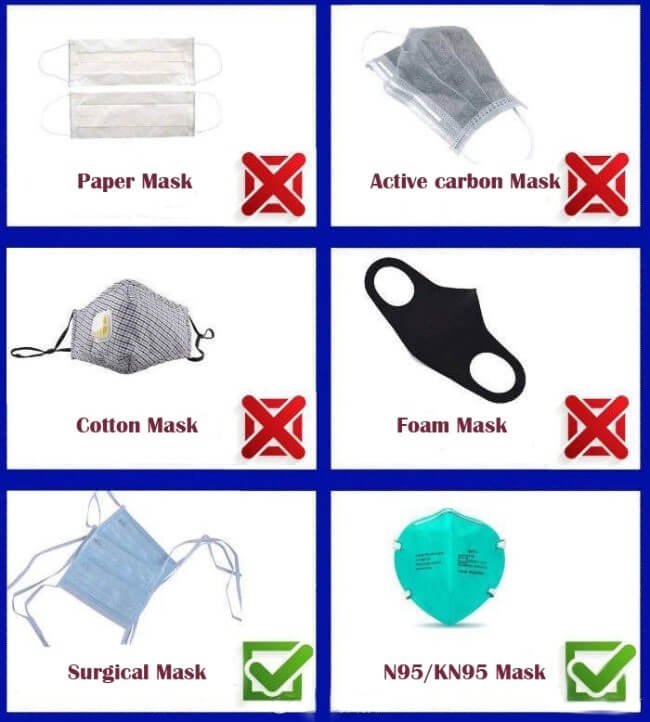
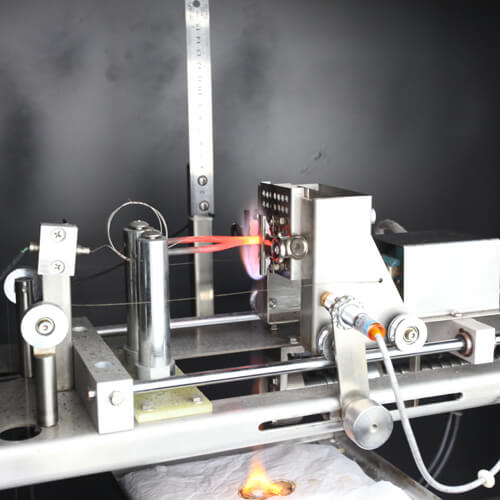
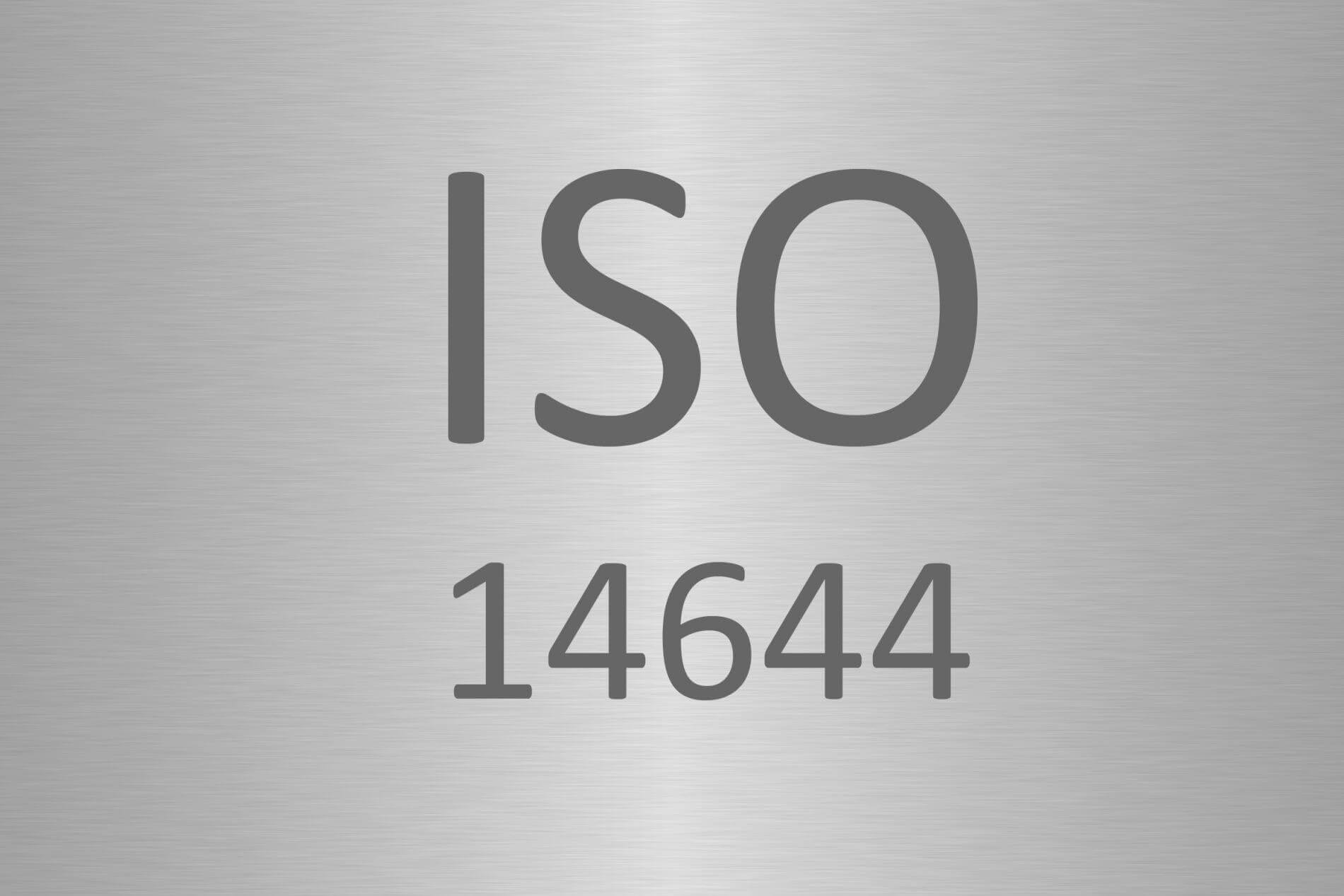

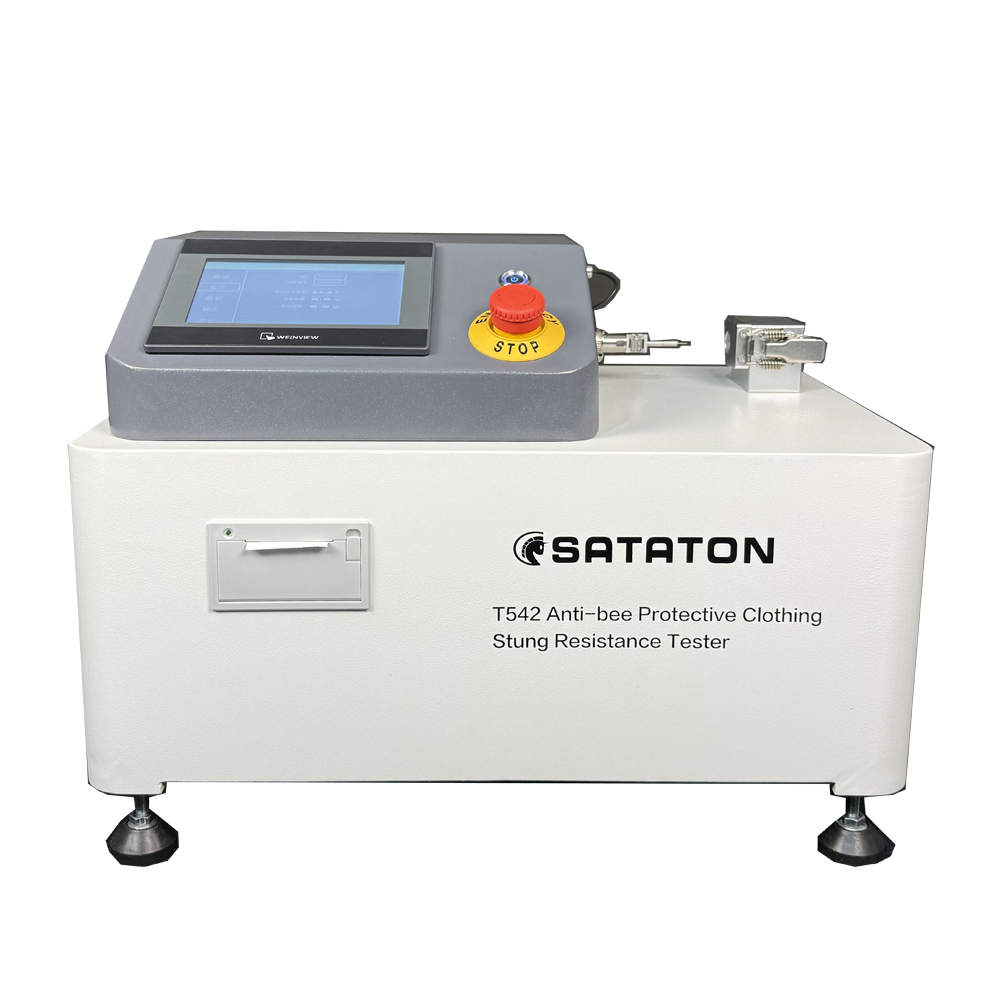
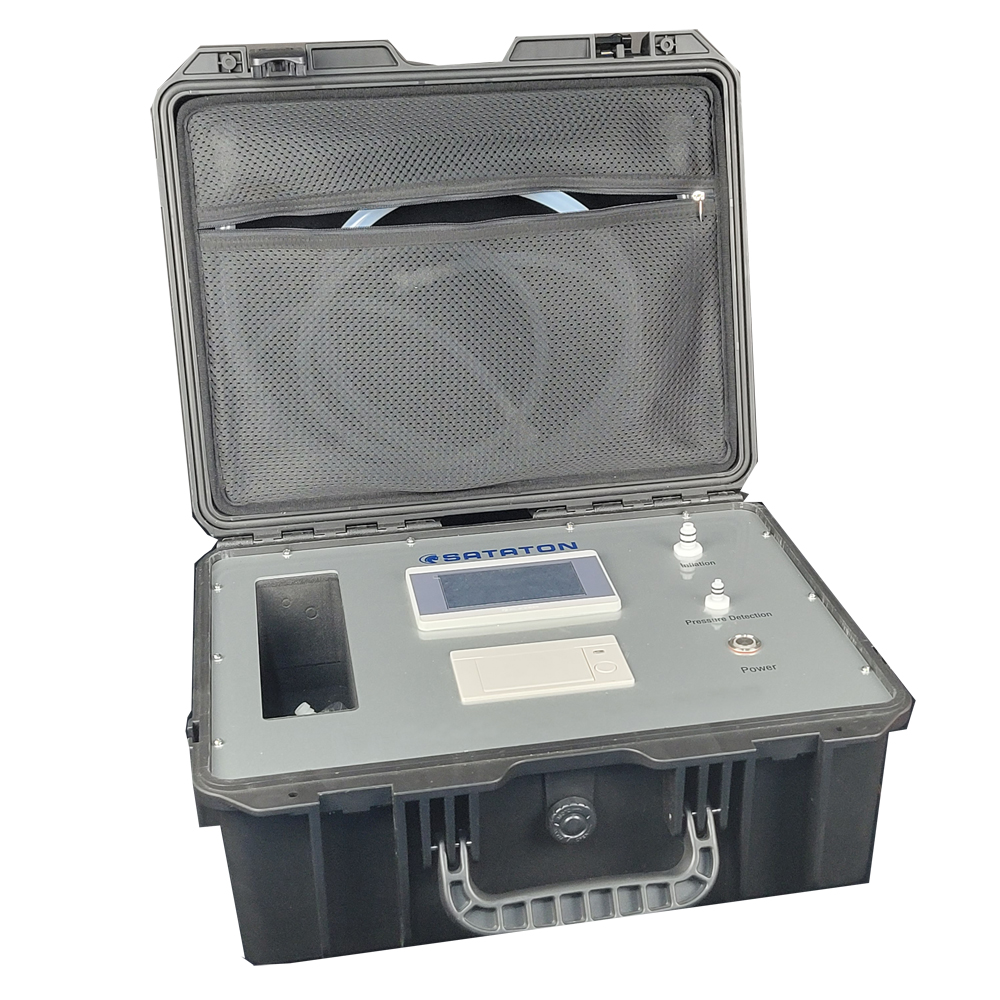


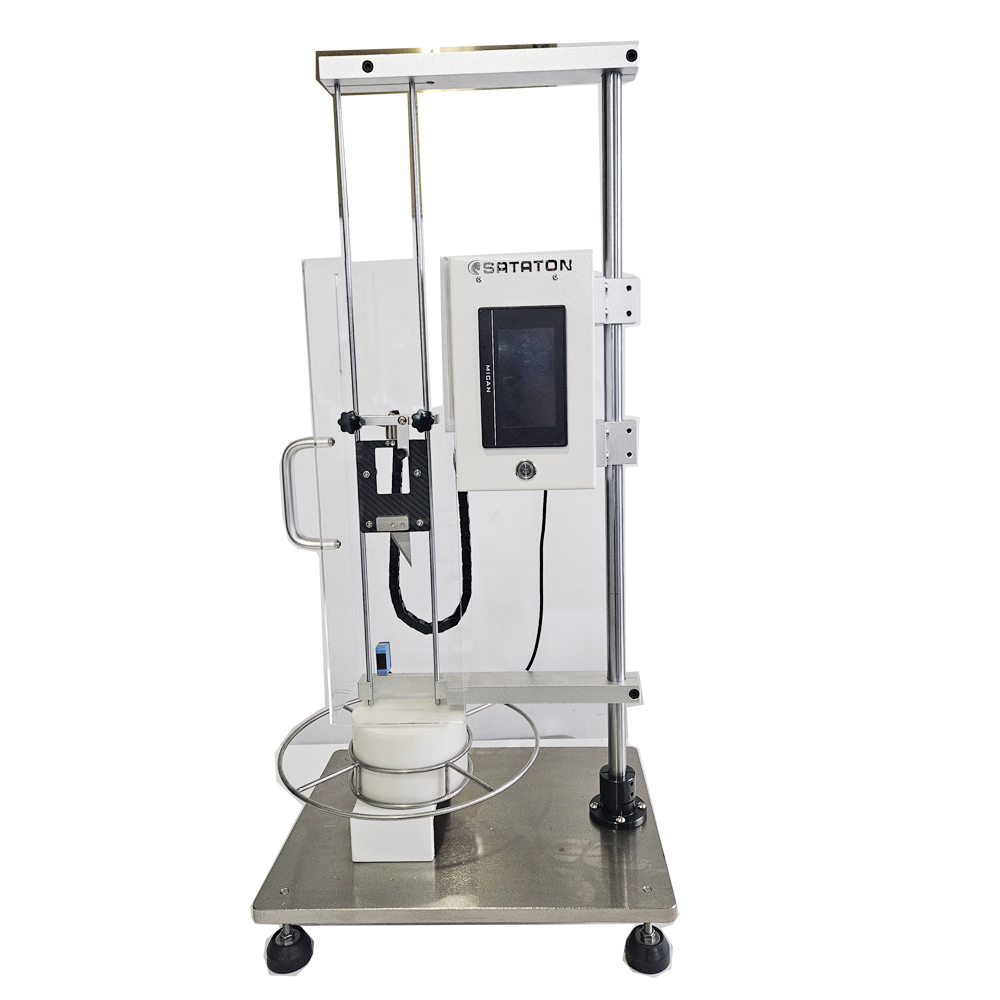
No Views.